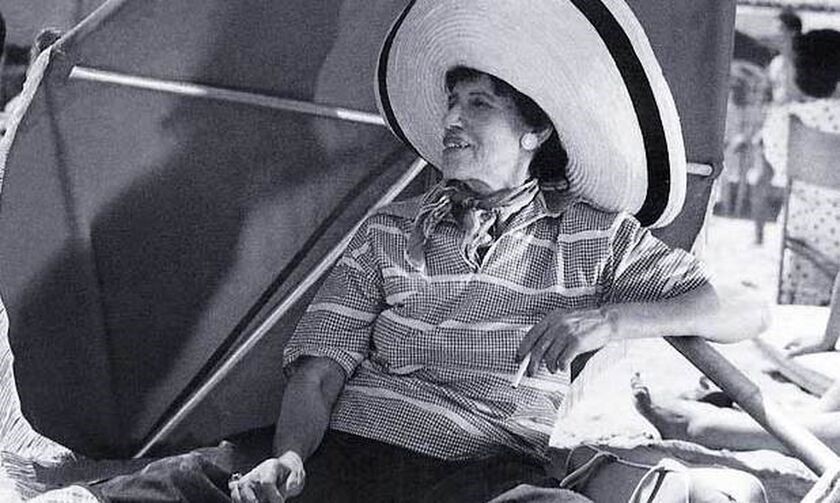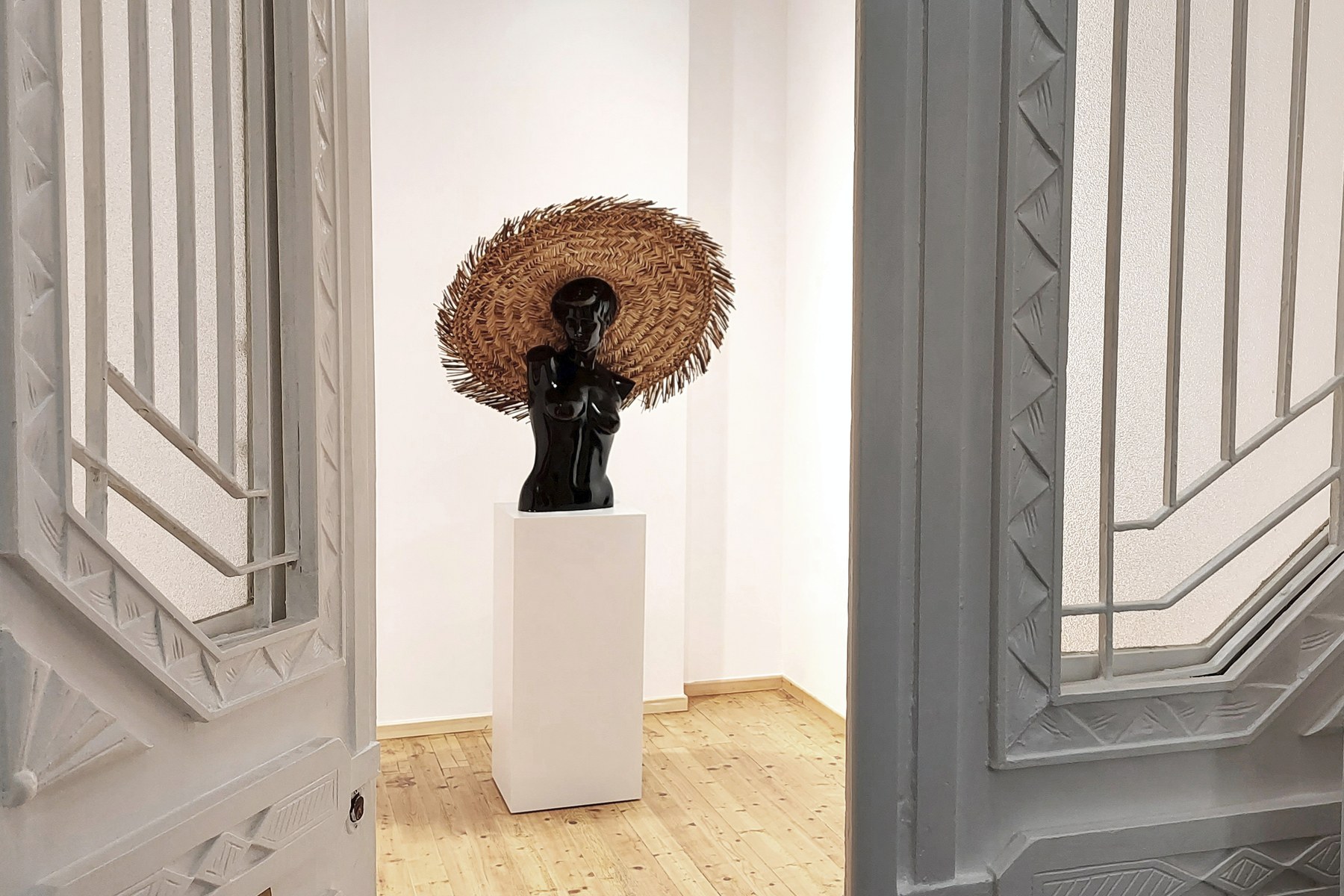Wealthy individuals used to maintain their own seaside villas in order to visit the beach even in Roman times. It wasn’t until the 18th century, however, that the trend of enjoying seaside activities became widespread with the opening of the Scarborough seaside resort in YorkshireScarborough had been a fashionable spa town since the 17th century with the discovery of its streams of acidic water. By 1735 the town introduced the first bathing machines which were cabinets on wheels rolled into the sea by horses. There, a beach goer could change into his bathing suit while maintaining privacy.  . Even though the beaches were originally reserved for the upper classes, it wasn’t long until working people started flocking the British coastline in resorts such as Brighton and the Isle of Wight. The habit of swimming, enjoying theatrical activities, dancing or merely taking a stroll down the shore spread through the French Riviera to Europe and the rest of the world. The popularization of seaside leisure activities grew along with the question of what to wear at the beach in order to be in vogue.
. Even though the beaches were originally reserved for the upper classes, it wasn’t long until working people started flocking the British coastline in resorts such as Brighton and the Isle of Wight. The habit of swimming, enjoying theatrical activities, dancing or merely taking a stroll down the shore spread through the French Riviera to Europe and the rest of the world. The popularization of seaside leisure activities grew along with the question of what to wear at the beach in order to be in vogue.

A TRIP TO THE BEACH BECOMES A FASHION STATEMENT
It all began with the bathing gowns of the early 19th. Modesty then dictated that skin should be completely coveredThe multi layered smocks worn in the prudish 18th century would have weights sewn on their hem to prevent the water from pushing the fabric up and revealing the legs.  , even at times where beaches were gender segregated. The heavy bathing gown would be matched by shawls, sun covering bonnets and even gloves.
, even at times where beaches were gender segregated. The heavy bathing gown would be matched by shawls, sun covering bonnets and even gloves.
At the same time, it all kept becoming more flamboyant. In the late 1890s heavy black sailor collared dresses trimmed with ribbons and bows came into fashion. These bathing costumes were often accompanied by elaborate bathing slippersWomen would wear bathing slippers with soles made of twisted straw or felt in order to protect their feet from pebbles. These beach shoes also played the role of a fancy fashion item as they were often embellished with colorful braids and laces as well as ribbons.  and the ever-present fancy summer caps.
and the ever-present fancy summer caps.

It wasn’t until the beginning of the 20 century that “real” bathing suits, that is garments that exposed more of the skin and revealed the figure, were introduced. They started out as one-piece suits that hid the navel before evolving into two piecesAmerican actress and singer Ava Gardner wearing a two-piece bathing suit in 1944.  with shorts becoming knickers, the brassiere shrinking in size and straps transforming into strings. A turning point was, of course, the controversial 1946 birth of the bikini and its slow popularization afterwards.The bikini was launched in 1946 by the French automobile designer Louis Reard. Reard addressed the press claiming that, just like the Atom Bomb tested a few days earlier in the Bikini islands, his creation was “small and devastating”. Greeted with both enthusiasm and skepticism, the bikini would slowly conquer the beaches with stars such as Marilyn Monroe, Betty Grable and Lana Turner being the first to adopt the risqué appearance. Swiss actress and model Ursula Andres made her iconic entrance in Dr No wearing a bikini that would become known as “the Dr No bikini”
with shorts becoming knickers, the brassiere shrinking in size and straps transforming into strings. A turning point was, of course, the controversial 1946 birth of the bikini and its slow popularization afterwards.The bikini was launched in 1946 by the French automobile designer Louis Reard. Reard addressed the press claiming that, just like the Atom Bomb tested a few days earlier in the Bikini islands, his creation was “small and devastating”. Greeted with both enthusiasm and skepticism, the bikini would slowly conquer the beaches with stars such as Marilyn Monroe, Betty Grable and Lana Turner being the first to adopt the risqué appearance. Swiss actress and model Ursula Andres made her iconic entrance in Dr No wearing a bikini that would become known as “the Dr No bikini” 
THE RISE OF THE ENORMOUS STRAW HAT
With women wearing less and less at the beach, the burden of protecting oneself from the burning rays of the sun, as well as stealing the show, would be put on hats. They, as a result, grew larger and larger. Large leisure hats drifted in and out of fashion at least since the 50s and 60s.

They made a big comeback during the summer of 2018, with the gargantuan “Palapa” hat launched by the Mexican fashion house “Olmos y Flores” and the equally huge “La Bomba” created by French designer Simon Porte Jacquemus being only a few in a long, or should we say gigantic, list of entries.
Verging on the antisocial, these enormous straw sun hats help the wearer keep a low profile in social gatherings, avoid sun rays at the beach, protect himself from the flashes of the paparazzi and perhaps even the evil eye. However, exaggerating the proportions of an otherwise practical apparel item to the point of making it difficult to carry around (especially when the fabric is too hard to be rolled up) hints at a playful, if not ironic approach to fashion. It also serves as a parody of the idea of concealment itself. Much like Lenny Kravitz’s enormous scarf, jumbo hats simultaneously erase one’s identity, yet have everyone wondering who the hidden person might be.
A GRAND HAT FROM GHANA
Ghana is a West African country along the Gulf of Guinea, situated a few degrees north of the equator. It has a long sandy coastline intersected by several rivers and streams. The word “Ghana”, in the language spoken by most Ghanaian people, means “warrior king”. It is in this part of Africa, also known as the “Gold Coast”, that some of the most organized and wealthy medieval states flourished.
This plait coiled straw hat has a distinctive pattern created by the texture of interweaving strands. The item’s most notable feature though, are the grosgrain fringes which, even though coarse in appearance, are skillfully worked into the weaving process-the final touch to an already impressive piece of summer wear.

